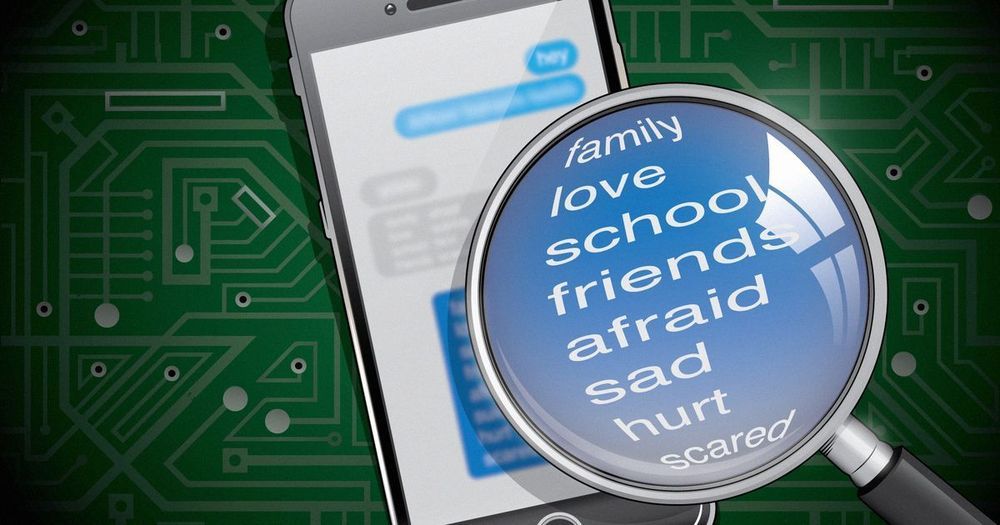With technology destroying jobs for humans, adding tens of millions of new immigrants to America will only deepen inequality and poverty.


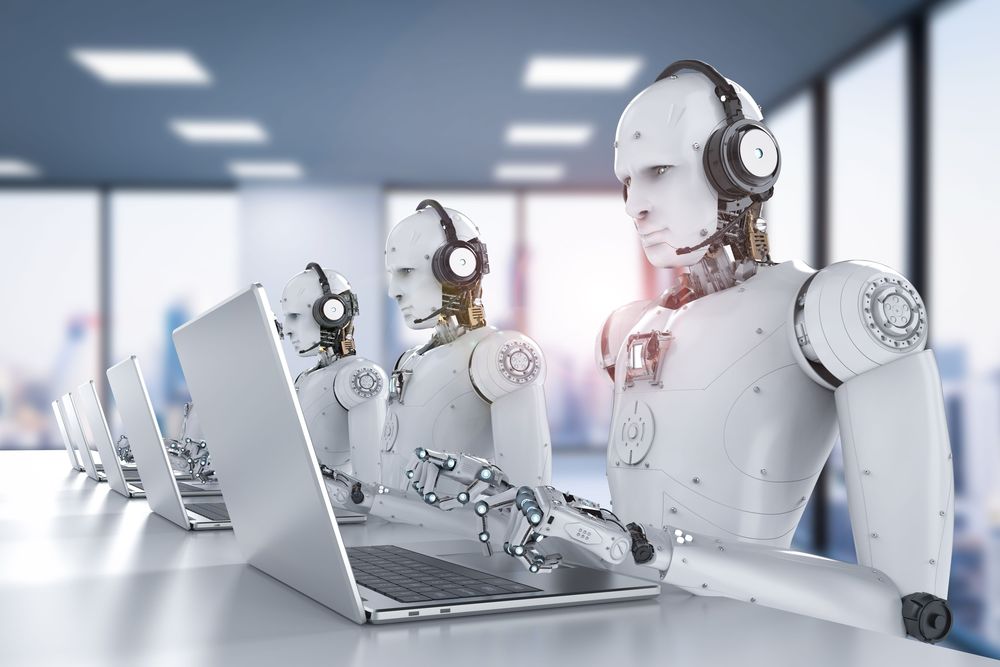
According to a new study from Oxford Economics, within the next 11 years there could be 14 million robots put to work in China alone.
Economists analyzed long-term trends around the uptake of automation in the workplace, noting that the number of robots in use worldwide increased threefold over the past two decades to 2.25 million.
While researchers predicted the rise of robots will bring about benefits in terms of productivity and economic growth, they also acknowledged the drawbacks that were expected to arise simultaneously.
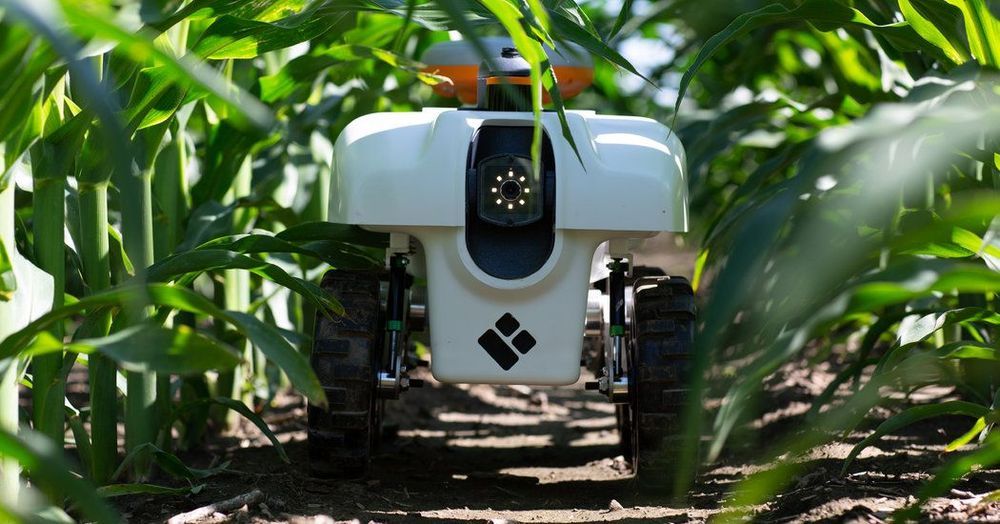

Lifespan.io
A new study published in mSystems, a journal from the American Society for Microbiology, shows that the skin and mouth microbiomes are better predictors of age than the gut microbiome.
A very broad study
The authors used a very large population that is highly impressive among studies of this kind. Previously, a team containing some of the same researchers had done a gut microbiome study of over four thousand people from multiple countries [1]. This time, the researchers took skin, saliva, and fecal samples from roughly 2,000, 2,500, and 4,500 people, respectively; this study was done with nearly 9,000 people in total, and the team stated that it was the most comprehensive microbiome study done to date. The team used a “random forest” machine learning approach to determine what microbiota were and were not predictive of age [2].

BF16, the new number format optimized for deep learning, promises power and compute savings with a minimal reduction in prediction accuracy.
BF16, sometimes called BFloat16 or Brain Float 16, is a new number format optimised for AI/deep learning applications. Invented at Google Brain, it has gained wide adoption in AI accelerators from Google, Intel, Arm and many others.
The idea behind BF16 is to reduce the compute power and energy consumption needed to multiply tensors together by reducing the precision of the numbers. A tensor is a three-dimensional matrix of numbers; multiplication of tensors is the key mathematical operation required for AI calculations.

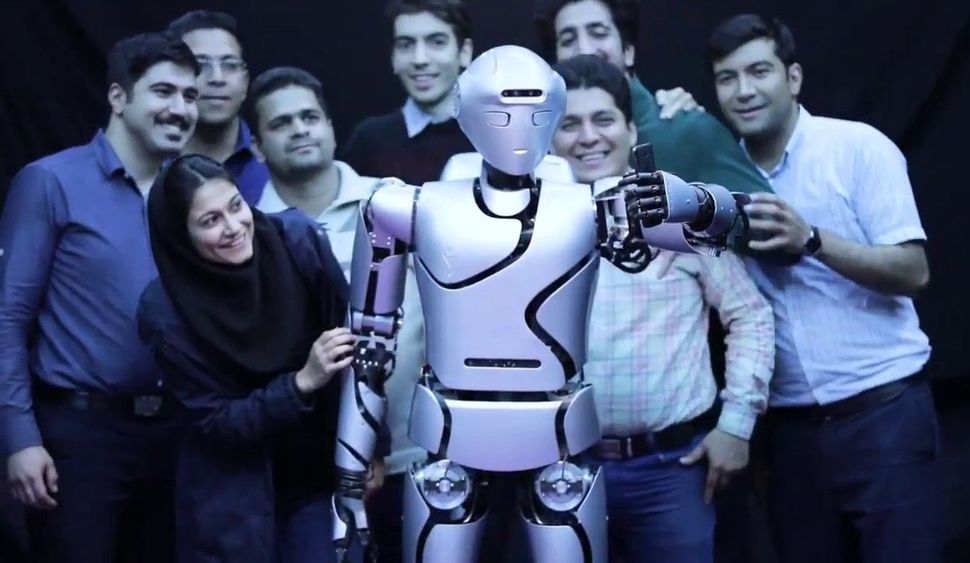
Meet Surena IV, an adult-size humanoid built by University of Tehran roboticists.
A little over a decade ago, researchers at the University of Tehran introduced a rudimentary humanoid robot called Surena. An improved model capable of walking, Surena II, was announced not long after, followed by the more capable Surena III in 2015.
Now the Iranian roboticists have unveiled Surena IV. The new robot is a major improvement over previous designs. A video highlighting its capabilities shows the robot mimicking a person’s pose, grasping a water bottle, and writing its name on a whiteboard.
Surena is also shown taking a group selfie with its human pals.
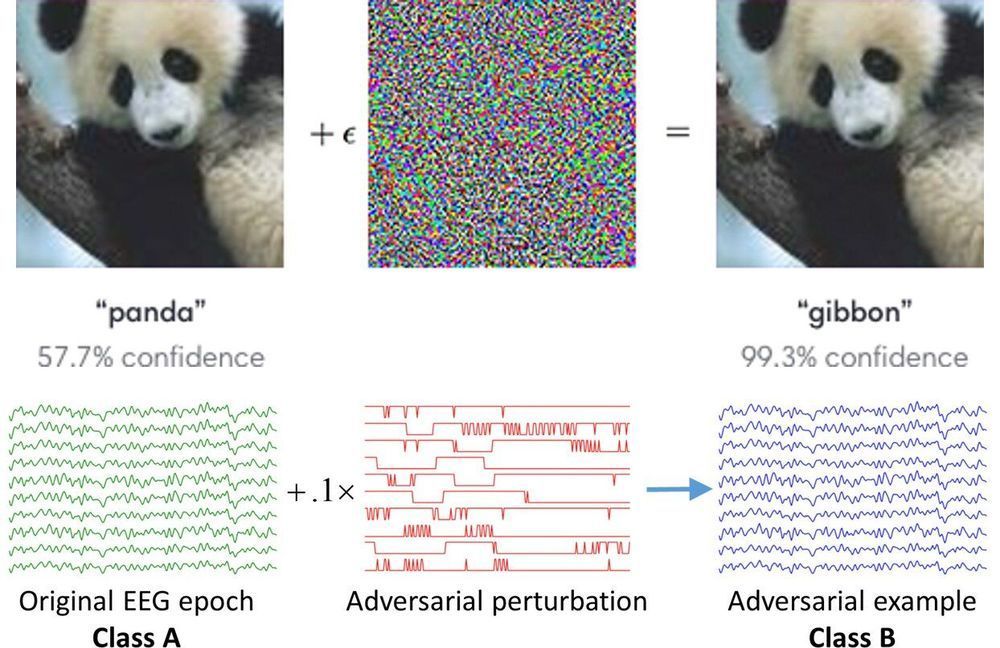
Brain-computer interfaces (BCIs) are tools that can connect the human brain with an electronic device, typically using electroencephalography (EEG). In recent years, advances in machine learning (ML) have enabled the development of more advanced BCI spellers, devices that allow people to communicate with computers using their thoughts.
So far, most studies in this area have focused on developing BCI classifiers that are faster and more reliable, rather than investigating their possible security vulnerabilities. Recent research, however, suggests that machine learning algorithms can sometimes be fooled by attackers, whether they are used in computer vision, speech recognition, or other domains. This is often done using adversarial examples, which are tiny perturbations in data that are indistinguishable by humans.
Researchers at Huazhong University of Science and Technology have recently carried out a study investigating the security of EEG-based BCI spellers, and more specifically, how they are affected by adversarial perturbations. Their paper, pre-published on arXiv, suggests that BCI spellers are fooled by these perturbations and are thus highly vulnerable to adversarial attacks.

